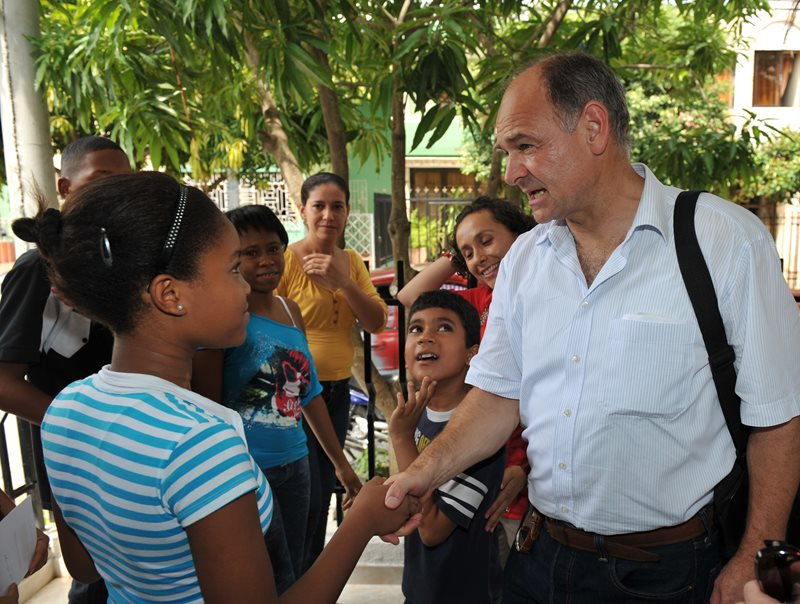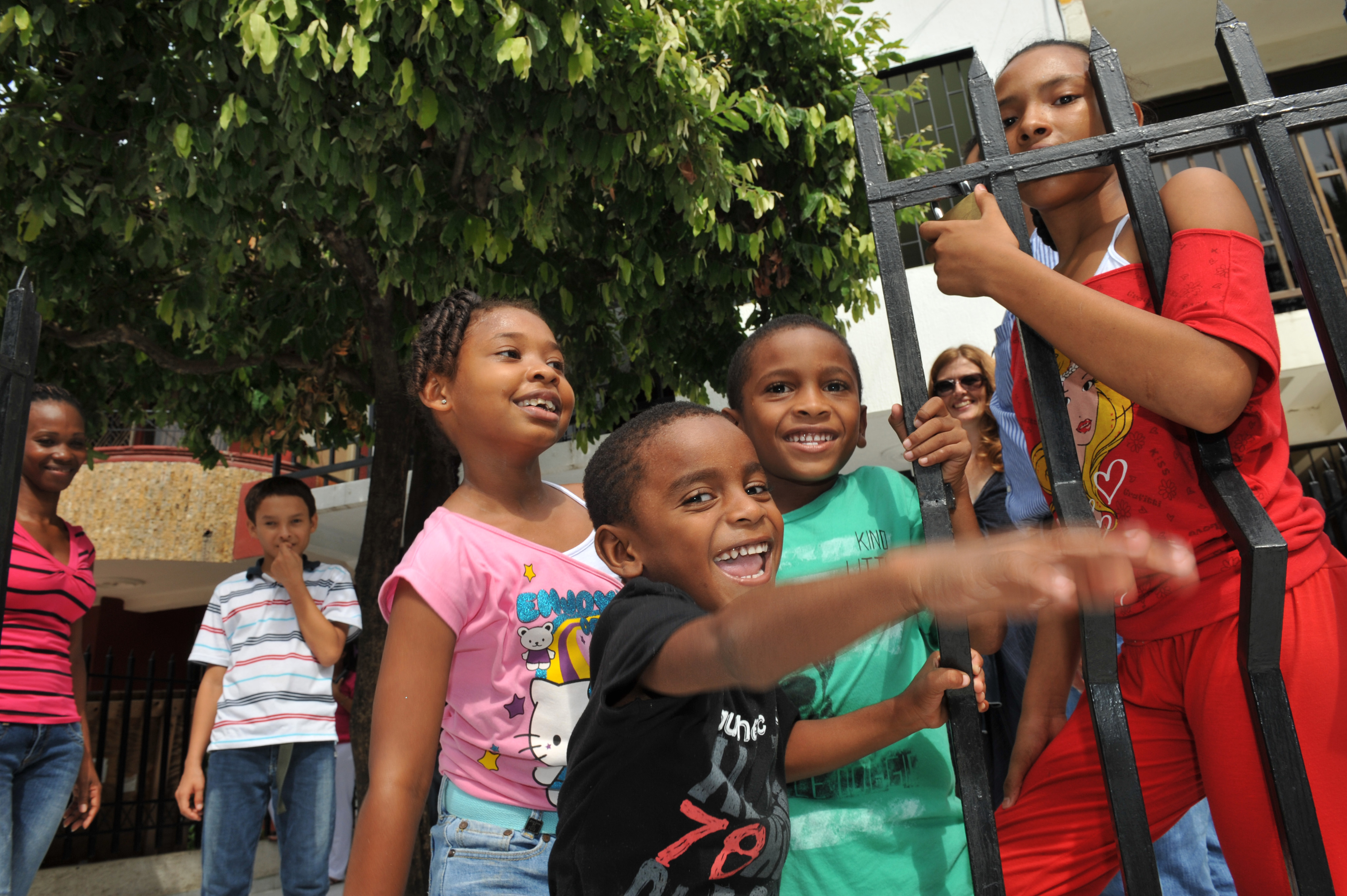Widespread poverty against a backdrop of colonial splendour

Cartagena de Indias is a city with a population of around 900,000 located on the Caribbean Coast of Colombia. The capital of the "BolÃvar" department is considered a major tourist attraction, mainly due to its nearby beaches and a very well-preserved colonial centre. Its charming colonial flair and the Caribbean beaches that attract hordes of tourists are contrasted by the crippling poverty that marks thousands of lives in the shanty towns around touristy "ciudad amurallada" ("walled city").
In fact, the BolÃvar department is one of the poorest in the country. It is estimated that roughly 500,000 people in and around Cartagena de Indias live in poverty. Economic inequality is very pronounced all over the country and particularly manifest in a city like Cartagena. Poor housing conditions, undernourishment and a lack of medical attention mark the daily lives of thousands of children.
Poverty and social exclusion often limit the parents' ability to care for and look after their children. As a result, family disintegration and child abandonment may seriously hamper a child's mental and physical development. The BolÃvar department has also been a region profoundly affected by the internal war that continues to take a heavy toll on the Colombian people. An estimated 40,000 of all displaced people in the department of BolÃvar are children younger than 14 years of age.
With millions of tourists flocking in, prostitution has also been on the rise in Cartagena. Although the Colombian government has started a number of initiatives to combat commercial sexual exploitation, the problem of sex tourism has become formidable in Cartagena. Unfortunately, it often involves very young children, mostly from poor, marginalised families. It is estimated that roughly 1,500 children are involved in child prostitution in Cartagena. Strolling down the colonial avenidas, one is permanently confronted with young children asking for money and food. For many of them, life in the streets is only bearable when they take drugs or inhale glue.
Supporting poor and marginalised families
What we do in Cartagena de Indias

Children having fun at SOS Children's Village Cartagena (photo: F. Espinoza)
SOS Children's Village Cartagena offers a holistic package of services to the local community, including family strengthening programmes and a loving home for children who have lost parental care. We have been supporting children and young people in Cartagena de Indias since 2010.
Family Strengthening: The SOS Family Strengthening Programmes aim to strengthen existing family ties so that children can grow up in their own loving family. In cooperation with local organisations, we ensure that children have access to essential health and nutritional services, as well as education. We assist parents by providing day care and offering guidance on income-generating skills and parenting practices, as well as counselling and psychological support where needed.
Care in families: Children whose families can no longer take care of them will find a loving home in one of the SOS families, where they live with their brothers and sisters. SOS Children's Village Cartagena de Indias comprises up to seven SOS families where up to 49 children can be looked after by the SOS mothers. We also support foster families in the area. All families live in integrated housing in the community. They receive full support from SOS Children’s Villages and from the neighbours and local organisations.